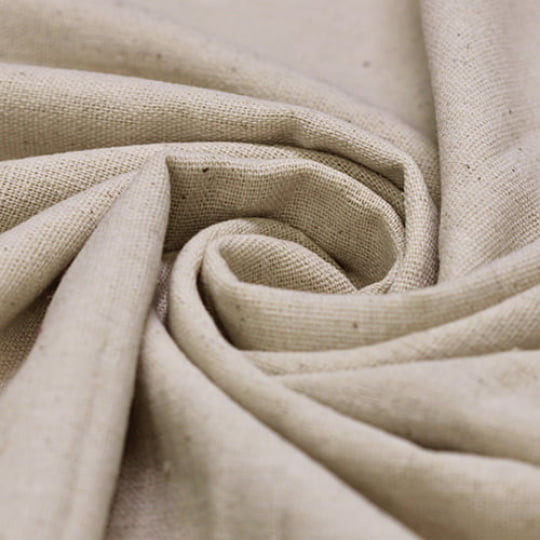
Linen Fabric in Furniture - What is it?
Share
Linen fabric is one of the oldest fabrics in the history of the world, always linked to issues of wealth and luxury of our ancestors, but now it has a new look, with sustainable and ecological characteristics, so let's check out what could be the “new” element of our current furniture.
At Toth Móveis in Presidente Prudente, you will find a wide range of furniture in different colors and patterns for all styles. Such as upholstered seats for chairs, stools, sofas and armchairs. So don't hesitate any longer and go for Linen!
What is Flax?
To start talking about linen fabric, it is important to have an understanding, even if superficial at first, but sufficient for your general understanding of the subject.
As mentioned above, linen is an ancient fabric in our human history, and it is important to emphasize that it is a plant fabric.
Its composition is based on stems of the flax plant, and in the past this textile was used for most productions. Interestingly, before the emergence of cotton or other fibers, linen received all the attention from this perspective.
The society that made the most use of linen was Egyptian society, after all, the tribes of Israel placed great value on this material. However, production was more focused on Ireland, in the mid-12th century.
Even with this stronger production in Ireland, today we see that markets all over the world are already able to stabilize their manufacturing, not depending exclusively on a specific manufacturer or country outside of their own (which reduces costs, most of the time).
Therefore, after all this context that we have told you now, it was noticeable how linen began to integrate within a specific group of society, which would be the bourgeoisie or those who had more money.
In short, linen was used by people who were considered to be of high standard within society, so clothes made from linen fabric were considered luxurious.
On the other hand, this fabric was not exclusive to the rich. People also used linen as a “wild card”, being useful for sailcloth, ropes or even fishing nets.
